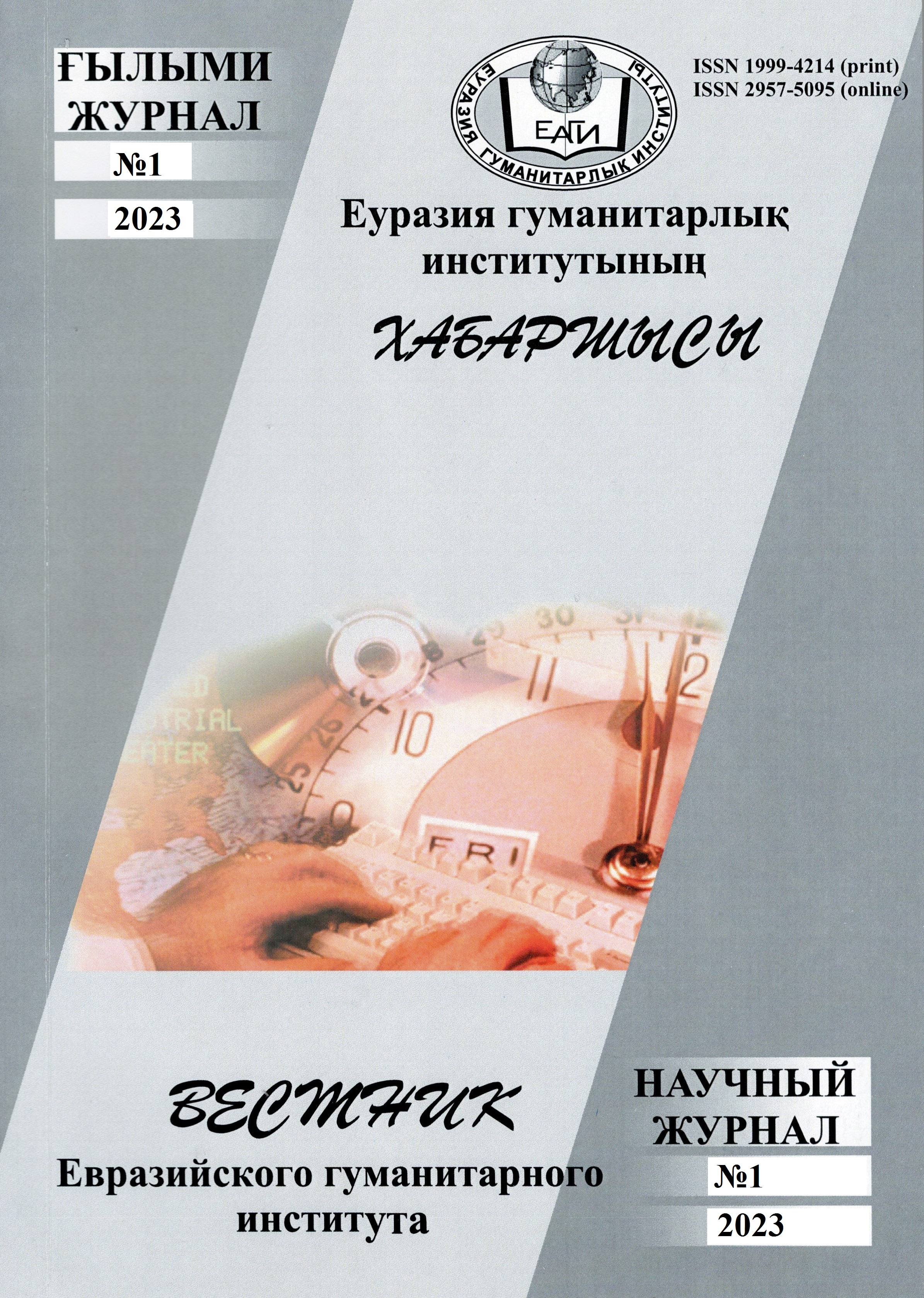HOMOGENEOUS ELEMENTS IN A SENTENCE
Keywords:
homogeneous relations, equal relations, cetera, tantum, generalizing word, common element, homogeneous sentence member, syntax.Abstract
One of the functional-syntactic relations is homogeneous relations. The main indicator of homogeneous relations in a sentence is homogeneous members of the sentence. In Kazakh linguistics, the relations between homogeneous members of the sentence are not poorly studied, but there are connecting elements that are not taken into account at the proper level. Such elements as "cetera", "tantum", which were not previously considered in Kazakh linguistics, find their place in the syntactic system only when they are considered as separate linguistic units and studied in various aspects, separately from homogeneous sentence members. Previously, cetera was one of the generalizing words. In fact, generalizing elements are the general name of objects or features that are listed using homogeneous terms. The cetera is close to the homogeneous members of the sentence, but not identical to it, because it cannot exist separately from the homogeneous elements and only indicates that the action or phenomenon is numerous. Cetera is neither a general element nor a generalizing word. Its activity in a homogeneous structure is completely different. The similarity value in the "cetera" can be transmitted explicitly and implicitly. This article distinguishes between such homogeneous elements and a generalizing word. The ways of their reflection in the sentence are also analyzed, and their function in the sentence is determined.
Keywords: homogeneous relations, equal relations, cetera, tantum, generalizing word, common element, homogeneous sentence member, syntax.


